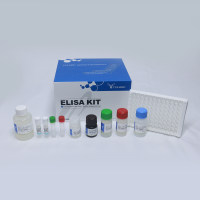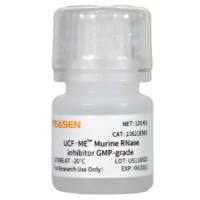Rodent models provide an important means of assessing antitumor activity vs toxicity for new cancer therapies. Tumors are often grown subcutaneously on the flank or back of animals, allowing accurate serial determination of tumor volume with calipers by measuring the tumors in three dimensions. The advantages of assessing tumor volume in subcutaneous tumors must be balanced against the potential artifacts induced by growth of tumor cells in subcutaneous tissue. Various orthotopic models have been developed. However, they are more labor-intensive and generally do not allow accurate assessment of tumor growth and/or response unless investigators have access to small animal cross-sectional imaging. Use of small-animal magnetic resonance imaging (MRI) allows one to assess the growth and response of intracavitary tumors, but the cost and labor-intensive nature of MRI limits its use in drug testing. Another approach to intracavitary solid tumor models is the intravenous injection of tumor cells, which can produce lung, liver, or bone metastases (depending on the cell line used), whereas direct injection of tumor cells into the femur or tibia of mice can cause local growth in bone. Progression of both lung metastases and bone lesions can be assessed by small-animal analog X-ray techniques that are more easily available and less labor-intensive to use, and are proving useful for selected therapeutic and biological studies.






